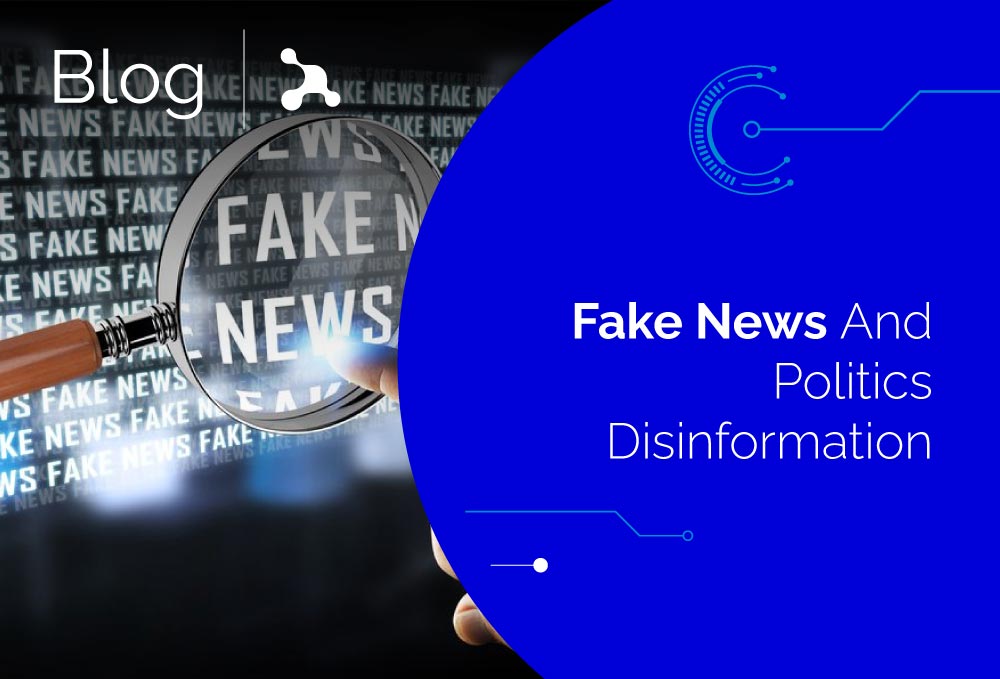Presidential elections are making global headlines, bringing with them a surge of both information and misinformation.
1. Artificial Intelligence and Machine Learning in the Fight Against Fake News
Artificial intelligence (AI) and machine learning (ML) are increasingly being used to detect and combat the spread of fake news. These technologies offer new ways to analyze content quickly and efficiently, helping to identify misinformation before it spreads widely.
How It Works:
AI and machine learning algorithms rely on advanced data processing techniques to spot patterns and inconsistencies that often characterize fake news. These methods are typically employed in two main areas:
- Text Analysis: AI systems analyze the structure and language of written content to identify common features of fake news. This includes recognizing sensational or misleading language, such as exaggerated claims, emotionally charged words, or a lack of reliable sources to back up statements. Machine learning models can be trained to identify these patterns by processing large datasets of both true and false news articles.
- Fact-Checking Automation: Machine learning tools cross-reference information in articles with verified data sources and factual databases. If the content deviates from the established facts, these tools flag it for further review. This process helps identify potential misinformation more quickly than traditional fact-checking methods.
Examples of AI in Action:
- ClaimBuster: This tool is designed to analyze speeches, articles, and social media posts in real-time, automatically identifying statements that require verification. By comparing claims to a database of known facts, ClaimBuster can flag potentially false or misleading statements for fact-checking.
- Full Fact: This UK-based organization uses AI-driven tools to scan news articles, media reports, and social media platforms for signs of fake news. When suspicious content is detected, it is flagged for manual verification by human fact-checkers. Full Fact’s system uses machine learning to improve its accuracy over time, learning from past verifications to better identify future falsehoods
2. Blockchain for Information Verification
Blockchain technology, originally developed for cryptocurrency transactions, is now being applied to the task of ensuring the authenticity of digital information. Known for its security and transparency, blockchain creates a decentralized and immutable ledger that makes it difficult to tamper with data without leaving a trace.
How It Works:
Blockchain operates by recording each transaction or modification in a “block,” which is then linked to the previous one, forming a chain. This structure offers two key advantages:
- Data Logging: Each block records information about its origin, as well as any subsequent changes. Once data is added to a block, it cannot be altered without disrupting the entire chain. This makes it extremely difficult to change information without detection, ensuring that the provenance of digital content can always be traced back to its source.
- Transparency: Blockchain is a decentralized system, meaning that anyone can access the records on the blockchain. This public access allows for independent verification of information, making it easier to confirm the authenticity of news and digital content.
Examples of Blockchain in Action:
- Civic Ledger: This platform uses blockchain to help verify the integrity of data in the media, making it harder for false information to be added or altered undetected. It aims to create a more transparent media ecosystem where users can trust the content they consume.
- Po.et: A platform that leverages blockchain technology to track the origin and history of digital content. Po.et ensures that articles, images, and other media are authentic and unaltered by recording their creation and any modifications in an immutable ledger.
3. Neural Networks for Detecting Fake Images
Neural networks, inspired by the structure of the human brain, are powerful computational models used in machine learning to detect patterns and make decisions. They are essential for identifying manipulated images and videos, often referred to as “deepfakes.”
How It Works:
Neural networks process large amounts of image data to detect subtle differences between real and altered visuals. This involves:
- Pixel Analysis: Neural networks can analyze images at the pixel level to detect irregularities that indicate manipulation, such as inconsistencies in lighting, shadows, or facial movements that are typical of deepfakes.
- Context Comparison: By comparing images or videos against a database of known authentic visuals, neural networks can identify alterations and highlight discrepancies that may be undetectable to the human eye.
Examples of Neural Networks in Action:
- Deepware Scanner: An AI-powered application that detects deepfake videos. By analyzing video content frame by frame, the scanner identifies signs of manipulation, helping to expose misleading content.
- Truepic: This technology ensures that images are authentic at the time of capture by embedding metadata that is later recorded on a blockchain. This method guarantees that images remain unaltered after being taken, making them easier to verify.
4. Browser Extensions and Verification Tools
Browser extensions and verification tools are designed to help users identify fake news and misleading content in real-time while browsing the web. These tools provide immediate feedback and additional context to help users make informed decisions.
How It Works:
Verification tools and browser extensions typically work by:
- Content Labeling: These tools automatically flag suspicious content and provide labels or warnings about the credibility of the information. They may also offer links to verified sources for further context.
- Real-Time Alerts: When users encounter news from sources known for spreading disinformation, the tool sends alerts, notifying them of potential biases or misleading claims.
Examples of Verification Tools:
- NewsGuard: A browser extension that rates the credibility of news websites. It uses a team of journalists to evaluate the trustworthiness of news sources, offering users a quick way to assess the reliability of the sites they visit.
- Hoaxy: This tool visualizes how fake news spreads on social media. By tracking the movement of false information across networks, Hoaxy provides insight into the dynamics of misinformation and helps users understand how and why certain content goes viral.
5. Collaboration and Education
Collaboration between technology companies, media organizations, and educational institutions plays a key role in combating disinformation. Public education also ensures that individuals are equipped with the skills to recognize and challenge fake news.
How It Works:
Efforts to tackle misinformation are most effective when different stakeholders work together:
- Strategic Alliances: Major platforms like Facebook, Google, and Twitter collaborate with fact-checkers, news organizations, and researchers to identify and remove fake news. These partnerships improve the detection and correction of false information across large networks.
- Educational Campaigns: Governments, non-profits, and other organizations run programs to educate the public on how to identify fake news. These initiatives help people understand how to verify information before sharing it and encourage more responsible consumption of media.
Examples of Collaboration and Education:
- First Draft: An organization that provides tools, resources, and training to journalists and the public to combat disinformation. First Draft works closely with newsrooms and social media platforms to develop strategies for identifying and debunking false content.
- MediaWise: An educational program targeting young people, teaching them how to distinguish between real and fake news. MediaWise helps students develop critical thinking skills to navigate the digital media landscape and avoid falling for false or misleading information.
The fight against fake news and disinformation is an ongoing challenge that requires a combination of advanced technology and collaborative efforts. By using tools like AI, blockchain, neural networks, and verification systems, alongside educational initiatives, we can help ensure more accurate, transparent, and trustworthy information is available. As digital media continues to play an increasingly central role in our lives, staying informed and critical remains the best defense against the spread of disinformation.




